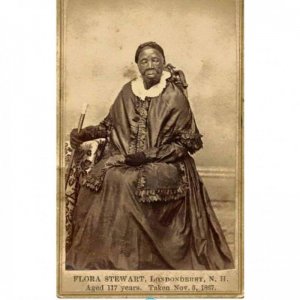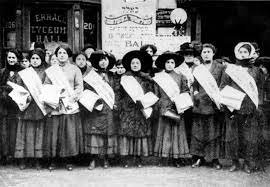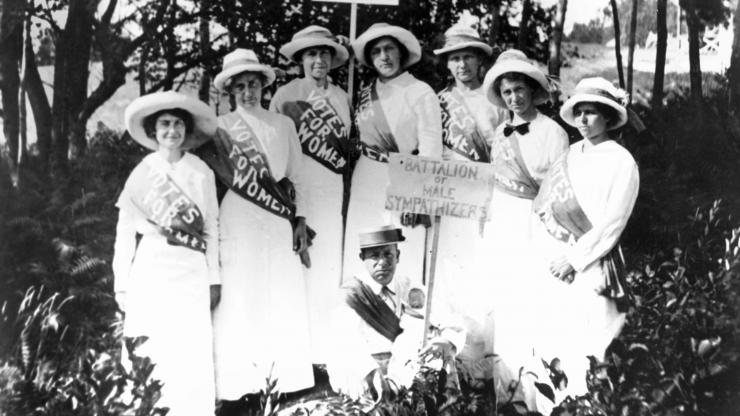The 2022 theme for Women's History Month is “Women Providing Healing, Promoting Hope.”
March is National Women's History month – when we pay homage to the many contributions of women across the nation. Whether you're honoring the strides made by women in the past, or celebrating strong women in the present, there are plenty of ways to mark Women's History Month.
A tidbit about Women's History Month: Facts about Women's History
Women’s History Month isn’t perfect. Professor Kimberly A. Hamlin argued in a Washington Post op-ed that when men make history, it’s just called “history.” But when women make history, it’s “women’s history.” It’s a fair point to keep in mind, now and especially as the country moves forward to a more equitable tomorrow. The below facts about women’s history and contributions of women aren’t historic just for women — they’re historic for everyone. See link at top of page.
Every March, Women's History Month provides an opportunity to honor the generations of trailblazing women and girls who have built our Nation, shaped our progress, and strengthened our character as a people.
Let's celebrate Women's History Month by posting whatever you feel is relevant.
March is National Women's History month – when we pay homage to the many contributions of women across the nation. Whether you're honoring the strides made by women in the past, or celebrating strong women in the present, there are plenty of ways to mark Women's History Month.
A tidbit about Women's History Month: Facts about Women's History
1. The first Women's History Day was held in 1909.
February 28, 1909 marked the first Woman's History Day in New York City. It commemorated the one-year anniversary of the garment workers' strikes when 15,000 women marched through lower Manhattan. From 1909 to 1910, immigrant women who worked in garment factories held a strike to protest their working conditions. Most of them were teen girls who worked 12-hour days. In one factory, Triangle Shirtwaist Company, employees were paid only $15 a week. History.com describes it as a "true sweatshop." Young women worked in tight conditions at sewing machines, and the factories' owners didn't keep the factory up to safety standards. In 1911, the factory burned down and 145 workers were killed. It pushed lawmakers to finally pass legislation meant to protect factory workers.2. The day became Women's History Week in 1978.
An education task force in Sonoma County, California kicked off Women's History Week in 1978 on March 8, International Women's Day, according to the National Women's History Alliance. They wanted to draw attention to the fact that women's history wasn't really included in K-12 school curriculums at the time.3. In 1987, it became Women's History Month.
Women's organizations, including the National Women's History Alliance, campaigned yearly to recognize Women's History Week. In 1980, President Jimmy Carter declared the week of March 8 Women's History Week across the country. By 1986, 14 states had declared the entire month of March Women's History Month, according to the Alliance. The following year, in March of 1987, activists were successful: They lobbied Congress to declare March Women's History Month.Women’s History Month isn’t perfect. Professor Kimberly A. Hamlin argued in a Washington Post op-ed that when men make history, it’s just called “history.” But when women make history, it’s “women’s history.” It’s a fair point to keep in mind, now and especially as the country moves forward to a more equitable tomorrow. The below facts about women’s history and contributions of women aren’t historic just for women — they’re historic for everyone. See link at top of page.
Every March, Women's History Month provides an opportunity to honor the generations of trailblazing women and girls who have built our Nation, shaped our progress, and strengthened our character as a people.
Let's celebrate Women's History Month by posting whatever you feel is relevant.







